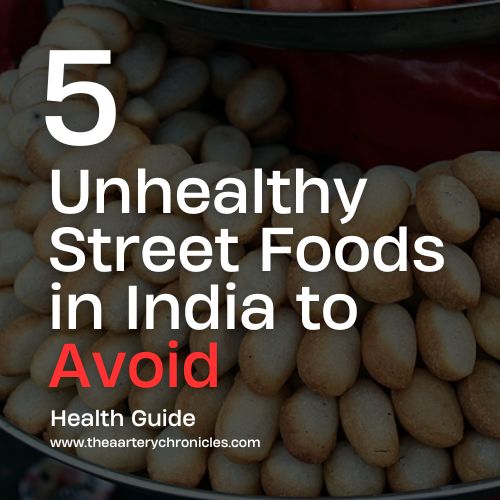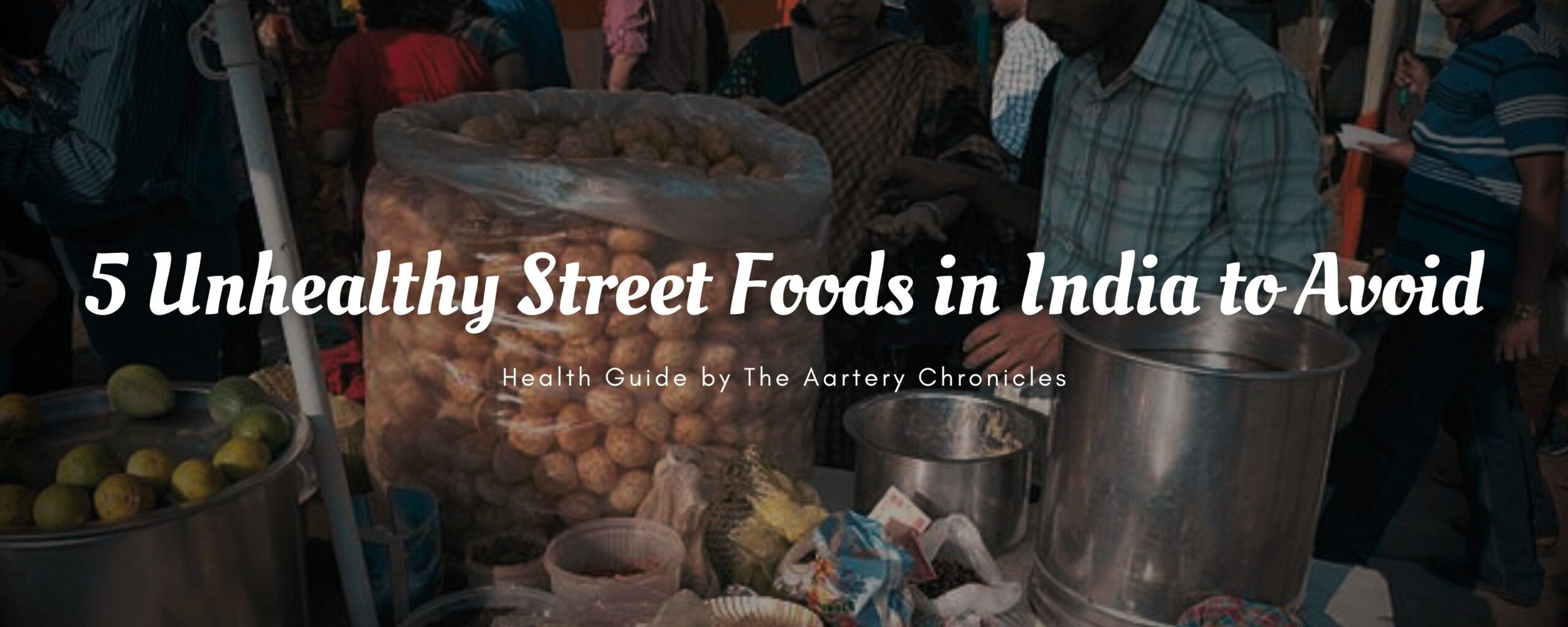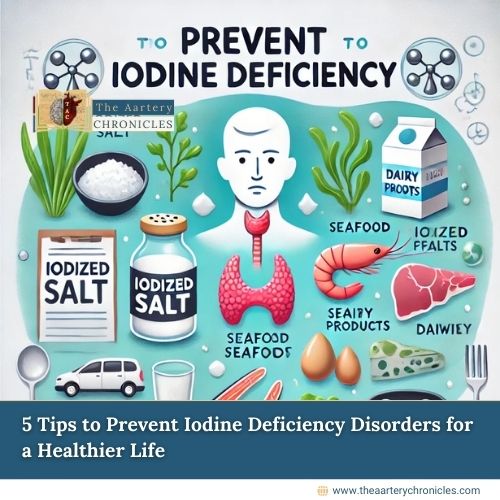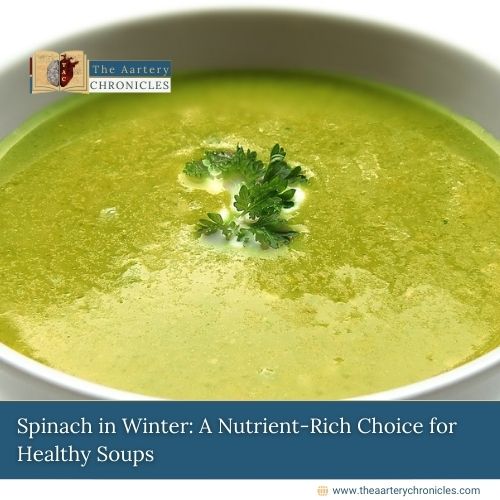

5 Unhealthy Street Foods in India to Avoid
Street food is an integral part of Indian culture, celebrated for its vibrant flavors, diversity, and affordability. From bustling markets to roadside stalls, these quick bites are a beloved choice for many. However, not all street foods are created equal, and some can pose significant health risks. In this article, we explore five unhealthy street foods commonly found in India and the reasons to avoid them.
Introduction to the Popularity of Street Food
Street food is cherished for its taste, convenience, and the nostalgic memories it evokes. According to a report by the Nielsen Company, the Indian street food market is projected to reach ₹2,100 billion by 2025, reflecting the growing demand. However, the widespread appeal of these foods often overshadows their potential health hazards. Factors such as poor hygiene, high-calorie content, and unhealthy cooking methods can contribute to various health issues.
Food 1: Pani Puri – Risks Associated with Hygiene
Pani Puri, a beloved snack made of hollow, crispy puris filled with spicy water and tamarind chutney, is not just tasty but also a source of potential health risks. The primary concern lies in its preparation and the cleanliness of the ingredients.
Hygiene Risks
Studies have shown that Pani Puri can be contaminated with pathogens, particularly if prepared in unsanitary conditions. A study published in the Indian Journal of Community Medicine found that 71% of street food samples, including Pani Puri, tested positive for harmful bacteria like E. coli. Consumption of contaminated Pani Puri can lead to foodborne illnesses, including gastroenteritis and diarrhoea.
Food 2: Chaat – High Calorie and Unhealthy Ingredients
Chaat, a popular street food that combines various ingredients like potatoes, chickpeas, and chutneys, can be deceptively unhealthy.
Caloric Content
A typical serving of Chaat can contain over 300-500 calories, largely due to fried components like samosas and puris. Additionally, high amounts of sugar and unhealthy fats from chutneys can contribute to weight gain and increased cholesterol levels. Nutritionists recommend being cautious with Chaat and opting for healthier versions when possible.
Food 3: Vada Pav – Effects of Fried Foods on Health
Vada Pav, often dubbed the Indian burger, consists of a deep-fried potato fritter placed in a bun. While it is a favourite among many, its unhealthy aspects cannot be ignored.
Health Impacts of Fried Foods
Fried foods, including Vada Pav, are known to be high in trans fats and calories. Consuming these can lead to obesity, cardiovascular diseases, and increased cholesterol levels. Research published in the American Journal of Clinical Nutrition indicates that high trans fat intake is linked to a higher risk of heart disease. Opting for baked or grilled alternatives can help mitigate these risks.
Food 4: Pav Bhaji – High in Fats and Calories
Pav Bhaji, a spicy vegetable mash served with buttered bread rolls, is another popular street food that deserves caution.
Nutritional Concerns
A typical serving of Pav Bhaji can contain around 500-600 calories, primarily from fats due to the liberal use of butter. The dish is also often accompanied by additional butter on the bread, further increasing its caloric content. Regular consumption can contribute to obesity and other lifestyle-related diseases. Moderation is key, and choosing less buttery options can help maintain a healthier diet.
Food 5: Bhel Puri – Importance of Moderation
Bhel Puri, a mixture of puffed rice, vegetables, and tangy tamarind sauce, is a popular snack that can be high in calories when consumed in excess.
Moderation and Health Risks
While Bhel Puri contains some vegetables, it is often accompanied by fried snacks and high-calorie sauces. A standard serving can easily exceed 250-350 calories. Additionally, the sodium content from the chutneys can be high, leading to hypertension and other health issues when consumed in large quantities. Nutritionists suggest enjoying Bhel Puri in moderation and opting for a healthier version without fried components.
Indian street food is an integral part of nation's culinary culture, but it comes with both benefits and risks. On the plus side, it offers accessibility, supports local vendors, and includes nutritious options like paani poori, chole bhature, vada pav, idlis and many more. However, major concerns include poor hygiene, excessive use of oil and spices, and a lack of nutritional balance in many items. Overconsumption of deep-fried or adulterated foods can lead to health issues like food poisoning, digestive problems, and long-term risks like obesity and heart disease. For a safer experience, choose vendors who maintain cleanliness and opt for healthier, less oily options in moderation.
Dr. Areez Khoja, MBBS, Delhi
Conclusion
While street food offers a delightful culinary experience, it is essential to be aware of the potential health risks associated with certain options. The five unhealthy street foods discussed—Pani Puri, Chaat, Vada Pav, Pav Bhaji, and Bhel Puri—are popular choices but come with health concerns that can impact your well-being. By making informed choices and practising moderation, you can still enjoy the flavours of street food while safeguarding your health.
References
- “Street Food: Health Risks and Benefits” – Indian Journal of Community Medicine
- Interviews with nutritionists and dietary experts
By staying informed and cautious about street food choices, you can continue to enjoy the rich culinary tapestry of India without compromising your health.









